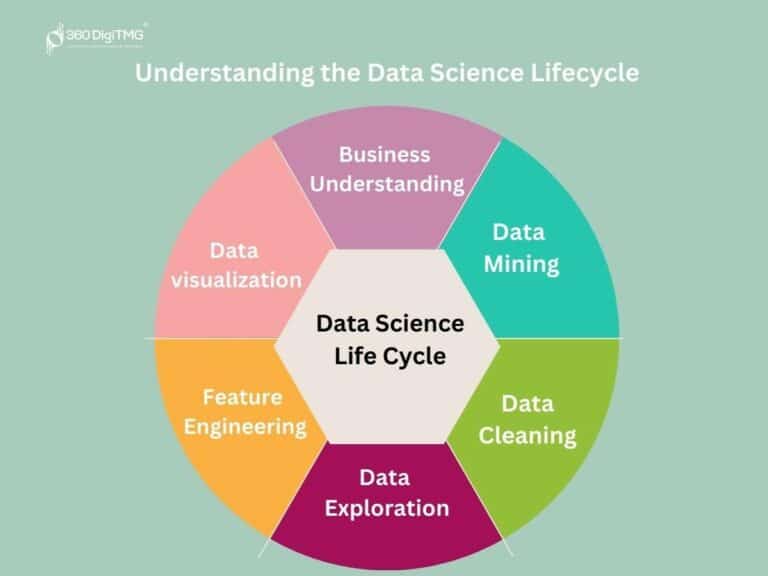Product development is transforming due to emerging technologies that enable new design, testing and collaboration capabilities. Advanced tools like artificial intelligence, digital twins and expanded computing power are speeding up and enhancing each stage of the product lifecycle. Embracing modern technologies means manufacturers can release higher quality products faster and more cost effectively.
Leveraging Generative Design
Generative design leverages artificial intelligence to automatically generate design options meeting specific parameters set by engineers. This expands the creative possibilities for product shapes and internal structures. Inputting goals like strength, weight, size, environmental impact, and manufacturing methods allows generative algorithms to produce thousands of workable designs. Engineers then select and refine the most promising option.
Creating Digital Twins
Digital twins are virtual models of products and production systems, mirrored in real time with sensor data. Digital twins accumulate operational insights from testing and simulation to optimize manufacturing processes before production even begins. Engineers can assess deficiencies digitally and use insights like heat maps showing high stress areas to refine prototypes. Digital twins powered by digital engineering and the industrial internet of things help perfect products faster without costly physical iterations.
Expanding Computing Power
Advanced computing capabilities like high performance computing clusters, cloud computing and graphics processing units provide the massive processing muscle to run complex simulations essential for product development. Flow, structural and finite element analysis leveraging expanded computing handle intricate physics and mechanical calculations impossible manually. Engineers gain greater analysis accuracy to refine and prove designs digitally first, reducing costly late-stage changes. According to the good folk at Information Services Group (ISG), computing advancements transforming digital engineering dramatically shorten the overall timeline to test and finalize product designs.
Enabling Real-Time Collaboration
Cloud-based product lifecycle management (PLM) software centralizes the product data, tools, and team communications essential for development. Global teams can access the latest CAD files, simulations, documentation, and project timelines on one platform available anytime, anywhere. PLM software built for product development productivity minimizes data silos, manual searches, and miscommunications that previously delayed projects.
Integrating With Manufacturing
Technologies like industrial internet of things (IIoT), sensors and automation are revolutionizing manufacturing with interconnectivity and performance insights. Product teams can use these capabilities early when designing products to anticipate and mitigate production issues before launch. Receiving live manufacturing feedback during development through IIoT data integrations means engineers can simplify designs and tolerances for efficient manufacturability without quality issues or delays.
Leveraging 3D Printing
3D printing, also called additive manufacturing, enables on-demand prototyping and production with fewer lead times. Designers can quickly test form, fit and functionality by 3D printing multiple design iterations in days rather than waiting weeks for traditional prototyping. As 3D printing quality improves, manufacturers are increasingly adopting the technology directly into production. Generative design combined with 3D printing unlocks new geometric possibilities once unmanufacturable through subtractive techniques.
Adopting Agile Methodologies
Whereas outdated waterfall development was sequential and bogged down by bureaucratic gates, agile product development takes an iterative approach with continuous customer feedback loops. Cross-functional agile teams abolish silos and accelerate decision making on features and changes. They release minimum viable products early, collect user insights quickly and continually refine designs to meet evolving customer needs better. Agile, enabled by collaborative digital tools, delivers products customers want more successfully by staying flexible and responsive throughout development.
Conclusion
From generative design to digital twins and expanded computing power, groundbreaking technologies are transforming product development. Companies integrating AI, simulation, collaboration platforms and manufacturing insights can innovate products better, faster and more cost effectively. Organizations failing to modernize with advanced tools risk slower development speeds, higher costs and inferior quality products. To thrive in the competitive landscape, manufacturers must embrace technologies revolutionizing the product lifecycle.












